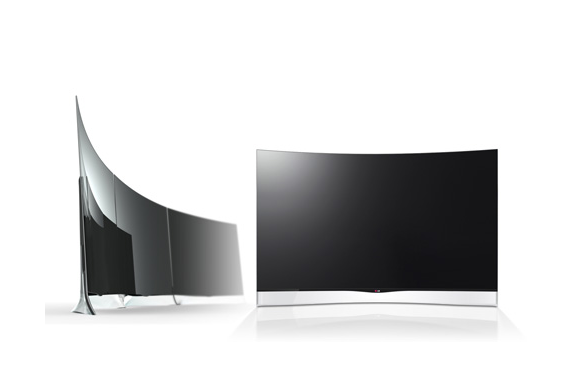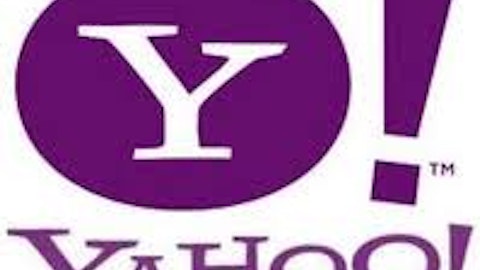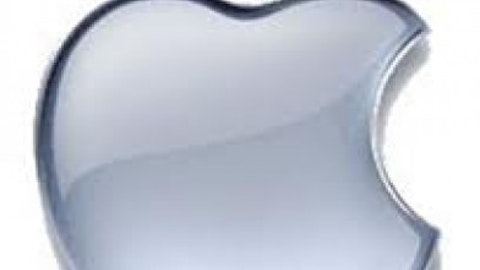Generally speaking, most of your investment research time should be dedicated to long-term investments that have a track record of profitability and stability. I have always been an advocate of setting aside a small portion of your portfolio for speculative investing, say 5%-10%, depending on your particular risk tolerance.

Who is Universal Display?
Universal Display Corporation (NASDAQ:PANL) researches and develops organic light emitting diodes (OLEDs), which have many benefits over traditional LED or LCD screens including less power consumption and the ability to be made on flexible screens.They supply and license their technology to companies such as Samsung, LG, and Konica Minolta, among others.
How Are They Doing, So Far?
Pretty well, actually. Universal Display Corporation (NASDAQ:PANL)’s OLED screens are currently in Samsung’s Galaxy line of smartphones, including their S4, which features a 4.99” full-HD OLED display. Just recently, Samsung and LG-Display released their 55-inch OLED televisions, which could be the next big TV technology once the devices become a little more affordable. Industry analysts say that based on past display technology trends, 2016 should be the real breakthrough year for OLED televisions, expecting sales of about 1 million units.
LG’s model recently went on sale for about $10,000, and the company is about to release the first curved OLED TV, which will sell for an even more expensive $13,500, and which LG claims will give viewers an IMAX-like viewing experience.

Don’t let the company’s history of operating losses deter you. The company’s revenues have been climbing rapidly as its technologies catch on, and from the revenue chart below, you can see when that started to happen (around 2009).

The company also has a very strong balance sheet for this stage in the game, featuring $244 million in cash and no debt (their entire market cap is about $1.3 billion).
Universal Display Corporation (NASDAQ:PANL) has been profitable (slightly) for the past two years, most recently earning 21 cents per share in fiscal year 2012. This is expected to rise to $0.50 per share this year, and to $1.28 and $2.00 in 2014 and 2015, respectively. So, the company’s shares trade for just 15 times 2015’s consensus earnings (estimates for ’15 range as high as $3.13 per share), and this is a year before the technology is expected to really become mainstream.
Possible Threats
Of course, it wouldn’t be fair to leave out the things that could potentially go wrong for the company. Apple Inc. (NASDAQ:AAPL) recently won a patent lawsuit against Samsung, the biggest customer of Universal Display Corporation (NASDAQ:PANL), and Apple Inc. (NASDAQ:AAPL) is now threatening to add the Galaxy S4 to the lawsuit. While the lawsuit has nothing specific to do with Universal Display Corporation (NASDAQ:PANL)’s technology, it could put a serious damper on Samsung’s U.S. sales, which would severely hurt Universal Display Corporation (NASDAQ:PANL)’s bottom line. Of course, on the other hand, if Apple’s rumored “iWatch” indeed becomes a reality, they would most likely shop around for a flexible display, like the ones that OLED technology are capable of.
The other threat is from other OLED manufacturers, especially those with deep pockets from their other ventures such as BASF who are working on OLED technologies and other organic electronics. I don’t see them as a major threat at the present time. Universal Display is the clear leader in this type of technology, as evidence by the fact that their screens are on the first OLED TVs to be mass-produced. However, if you do decide to invest in Universal Display, other manufacturers and their progress are certainly worth keeping an eye on.
It’s All About Potential
According to a recent report by UBI research, 2013 is expected to be the year that OLED displays start to become mainstream, but mostly in mobile devices, not TVs. Over 150 million units are projected to ship this year, according to the report, up from just 20 million in 2012. By the year 2017, UBI expects $6.3 billion annually in flexible OLED revenues.
Think of the potential of Universal Display in terms of the last big TV technology: LCD. In 2004, there were about 10 million LCD (which includes LED-LCD) TVs sold, about 6% of all TVs sold. Almost 10 years later, LCD technology has completely taken over the market, accounting for over 200 million units sold last year, about 90% of the market.
The point is that once the technology begins to catch on and becomes affordable to average consumers, it can truly take over an entire market. Being that OLEDs are projected to hit the 1 million mark in 2016, this is a play for patient investors, as it will take years for the true potential of OLED technology to be realized. Universal Display is currently first in terms of OLED TV technology, and has partnered with the two biggest manufacturers in the game. If they can stay in front on this, there is no telling where they could go.
The article This Display Technology Could Be the Next Big Thing in TVs originally appeared on Fool.com and is written by Matthew Frankel.
Copyright © 1995 – 2013 The Motley Fool, LLC. All rights reserved. The Motley Fool has a disclosure policy.


